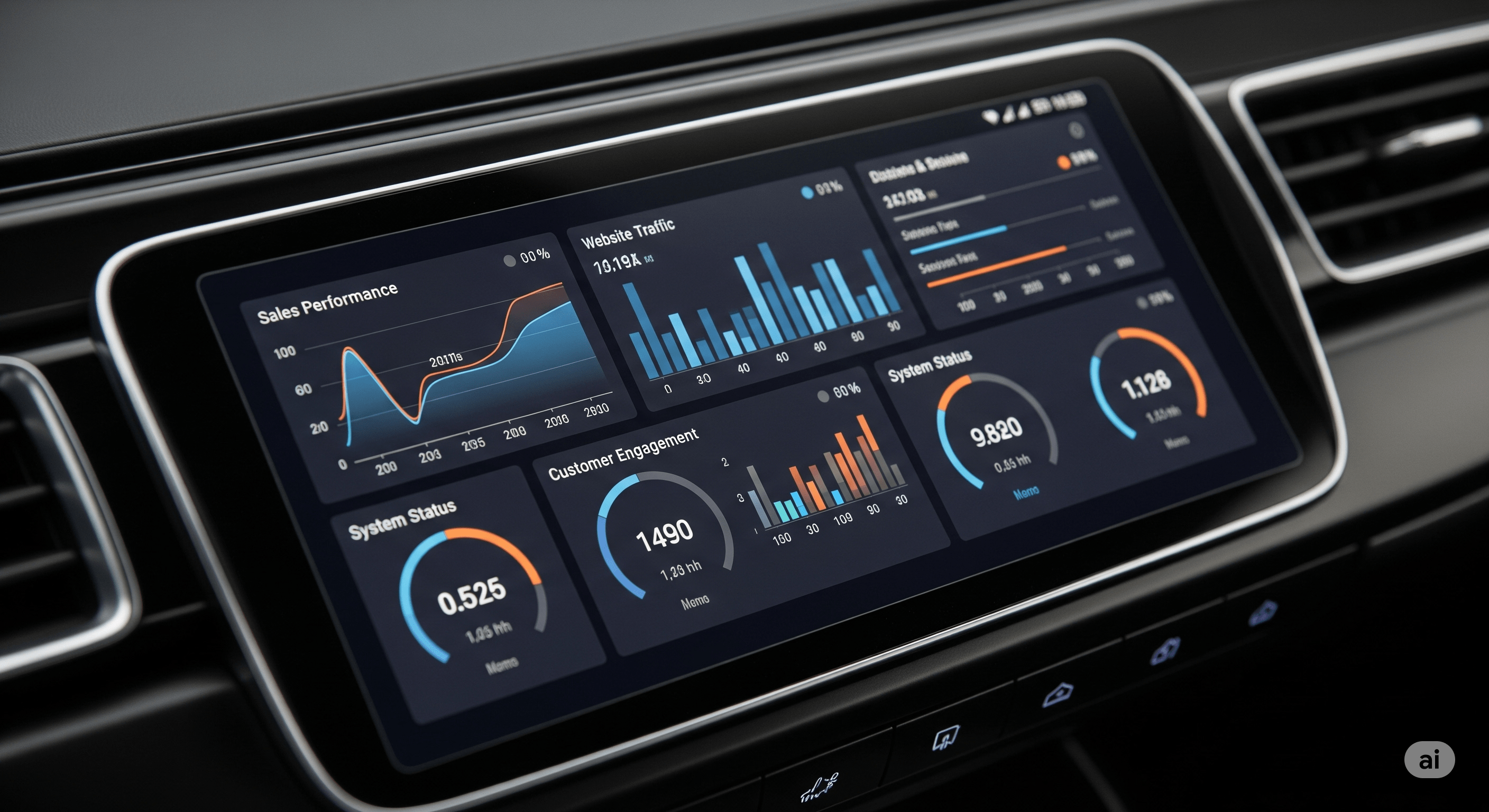Sharing and Embedding Your Dashboards
May 11, 2024
Sharing your ioCtrlMQ dashboards is a powerful way to distribute real-time information across your organization or to the public. Whether you're sharing production metrics with your team or displaying environmental data on a community website, ioCtrlMQ provides simple and secure ways to do so.

Sharing with a Link
The quickest way to share a dashboard is by generating a unique, read-only link. This is ideal for scenarios where you want to give someone live access without allowing them to make any changes to your widgets or configuration.
- From the Dashboard Header, click the Share button.
- A dialog will appear containing a unique URL.
- Click the Copy button to copy the link to your clipboard.
Anyone with this link can view a live, interactive version of your dashboard. The data is compressed and encoded directly into the URL itself, meaning the viewer does not need an account and does not connect directly to your data sources.
Embedding in a Website or Wiki
The generated share link is also perfect for embedding. You can use this link as the src for an <iframe> element in any HTML page, such as a company wiki, a project management tool that supports HTML, or your own website.
Here is a sample HTML snippet:
<iframe
src="PASTE_YOUR_SHARE_LINK_HERE"
width="100%"
height="600"
frameborder="0"
allowfullscreen>
</iframe>
This allows you to seamlessly integrate your live dashboards into other platforms, providing context-rich information exactly where it's needed.
Sharing for Collaboration
If you want to collaborate on a dashboard with a team member, allowing them to add, remove, and configure widgets, the best way is to share the dashboard's configuration file.
- From the Dashboard Header, click the Save button to download the dashboard's
.jsonconfiguration file. - Send this file to your collaborator.
- They can then use the Upload button on their own ioCtrlMQ instance to load your dashboard configuration.
This method ensures that you are both working from the same base configuration while keeping your instances separate.